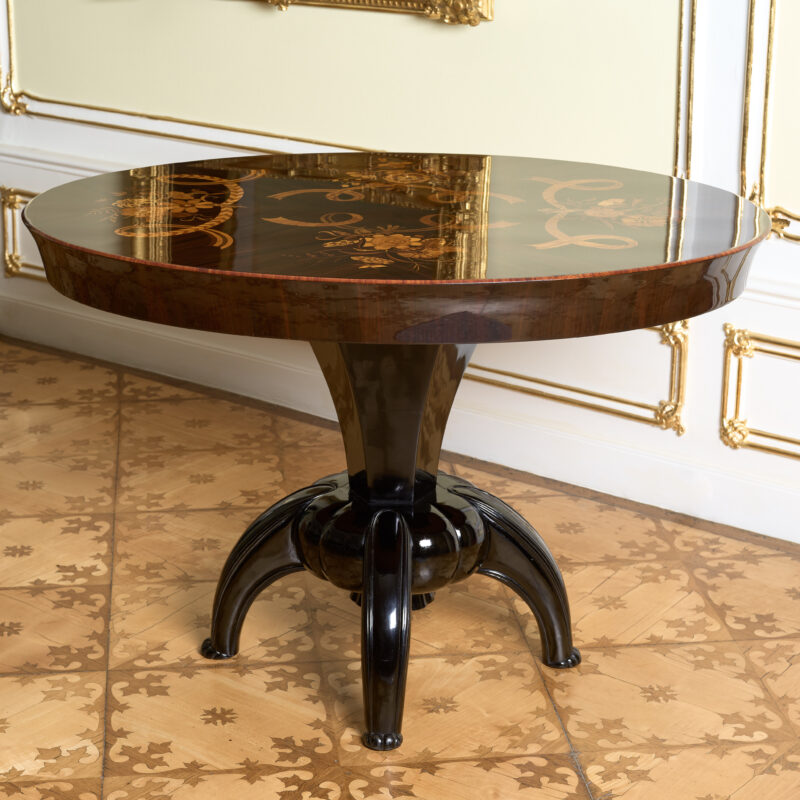OBJECTS TELL A STORY

A person’s home is a part of their life. Therefore, the task of the interior designer is to surround the client with furnishings that reflect their essence. Before constructing or furnishing a house or room, one should place the client metaphorically‘in the middle of the room’ and clarify the relationship between them and the space, seeking to define the‘physiognomy’ of the room. Encourage the client to say,‘Here I will work, here I will eat, here I will read my books, and here I will receive my guests.’ Try to understand how the client relates to life and art, and strive to accommodate their desires to the point where they feel at home in the new environment, almost forgetting the architect’s formative hand…Wilhelm Foltin
Wilhelm Foltin (1890 — 1970), who was a student under Professor Josef Hoffmann at the Vienna School of Arts and Crafts, was naturally influenced by the style of the Wiener Werkstätte, where he worked earlier in his career, designing fabrics. From 1918 to 1920, he worked in Josef Hoffmann’s architectural office. He received his architectural diploma in 1940. He taught at the Academy of Furniture and Model Building from 1942 to 1944. In 1966, Wilhelm Foltin was awarded the title of Professor.
The model of this extravagant and intricately executed table, we present here, is attributed to Wilhelm Foltin, and reflects beautifully the outstanding furniture design and craftsmanship that emerged in Austria during the 1920s. Please click here to view this unique piece.